The political landscape of Rae Bareli and Amethi constituencies in Uttar Pradesh, long considered Congress strongholds, is undergoing a significant transformation in the upcoming elections. For the first time in 25 years, Amethi sees no Gandhi family candidate, while Rahul Gandhi contests from Rae Bareli.
Traditionally, the Gandhi family has enjoyed immense popularity and tradition in these constituencies. However, Lal Sharma, a close associate of the Gandhi family, steps up as the Congress candidate from Amethi, challenging BJP's formidable leader Smriti Irani.
Sharma, a devoted follower of the Gandhi family for over four decades, has deep roots in Congress politics, having been associated with the family since the era of Rajiv Gandhi. His extensive experience includes serving as Sonia Gandhi's representative in Rae Bareli and overseeing Amethi's affairs during Rahul Gandhi's tenure as MP.
Despite being born in Ludhiana, Sharma's association with Amethi dates back to Rajiv Gandhi's time, when he was brought to the constituency by the late leader himself. Over the years, Sharma has become a familiar face in Amethi and Rae Bareli, symbolizing the strong bond between the Gandhi family and the region.
The absence of a Gandhi family candidate in Amethi underscores the shifting dynamics of Uttar Pradesh politics. BJP's Smriti Irani, who emerged victorious in Amethi in 2019, poses a formidable challenge for the Congress.
With the elections scheduled for May 20, the contest in Amethi promises to be intense. While Smriti Irani has cemented her presence in the constituency, Congress hopes to leverage Sharma's long-standing association with the Gandhi family to garner support.
As Uttar Pradesh gears up for the elections, the absence of a Gandhi family candidate in Amethi marks a significant political shift in the region. Lal Sharma's candidacy symbolizes Congress's determination to reclaim its stronghold, albeit in the face of stiff competition from BJP's Smriti Irani. The upcoming elections in Amethi will not only test the political landscape but also highlight the evolving dynamics of Uttar Pradesh politics.



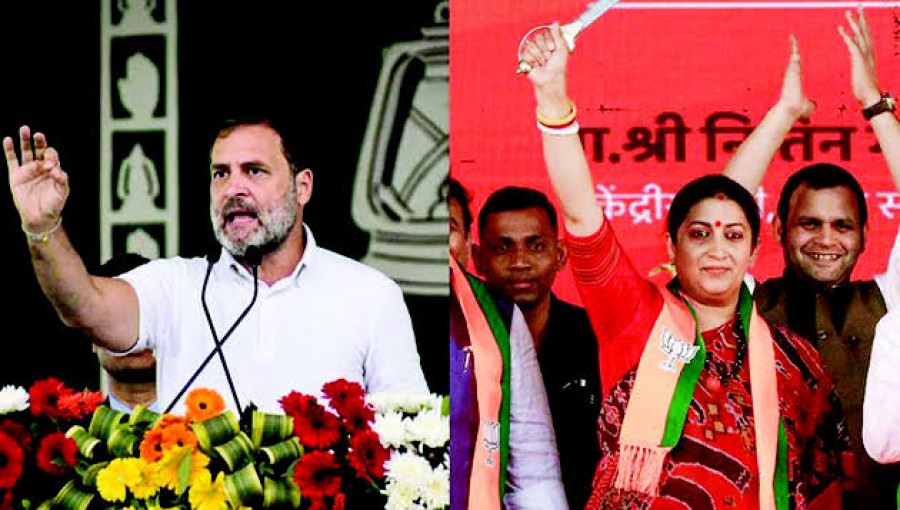
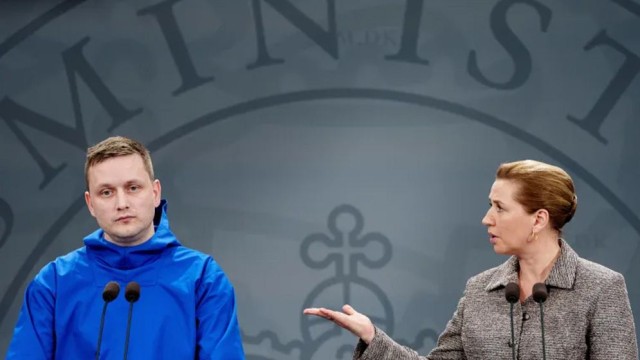
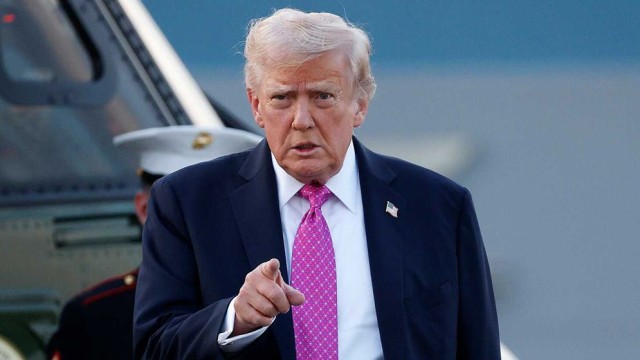
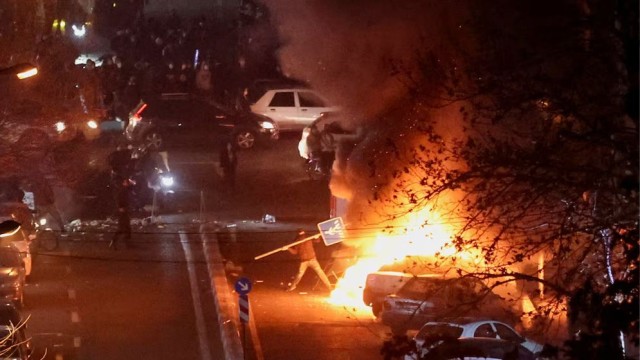
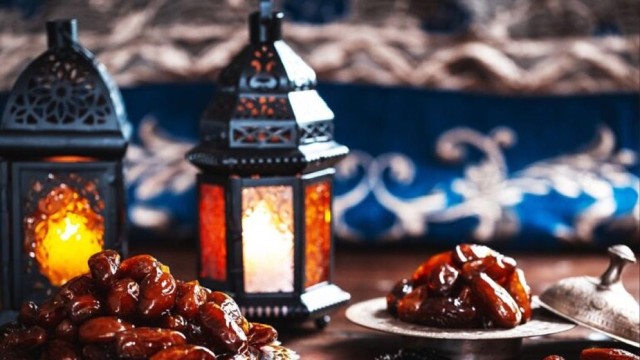


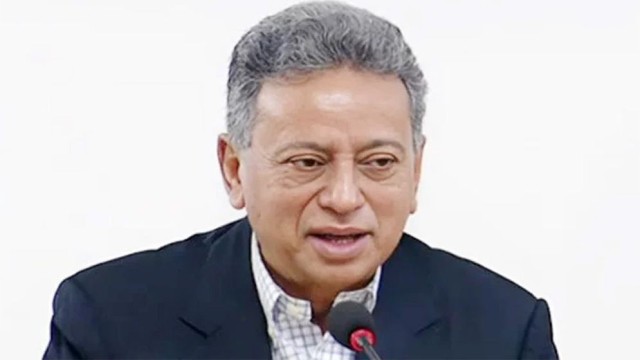
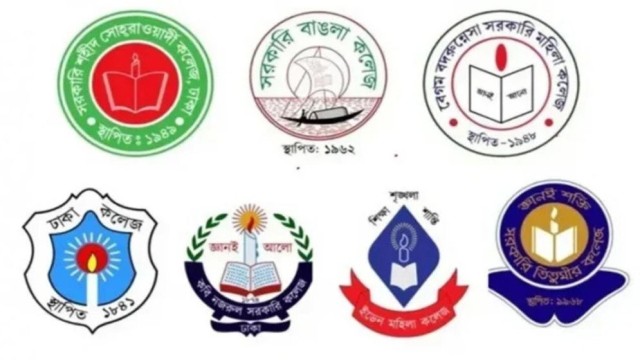

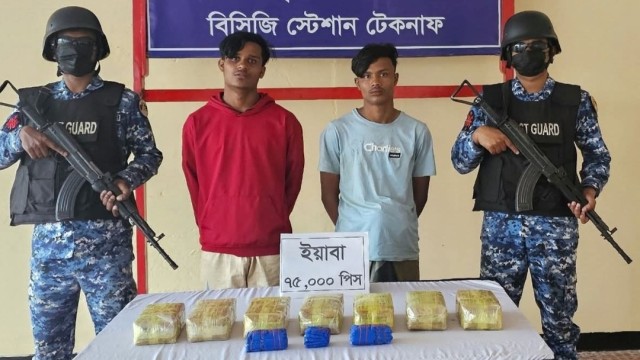
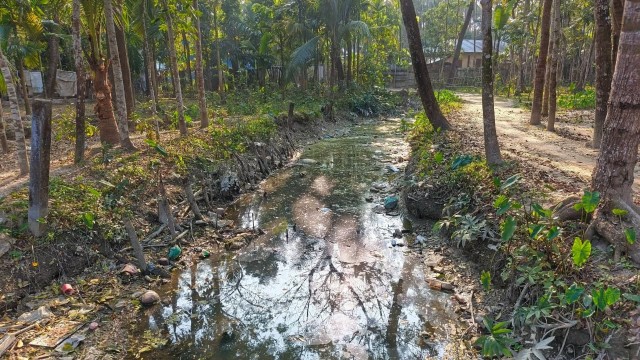
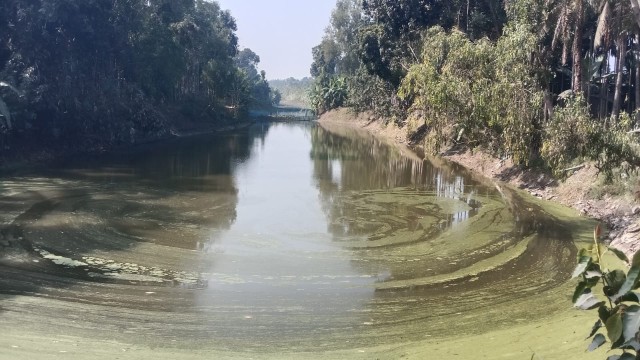
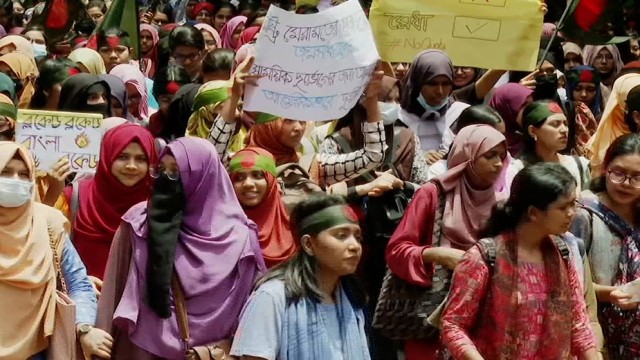
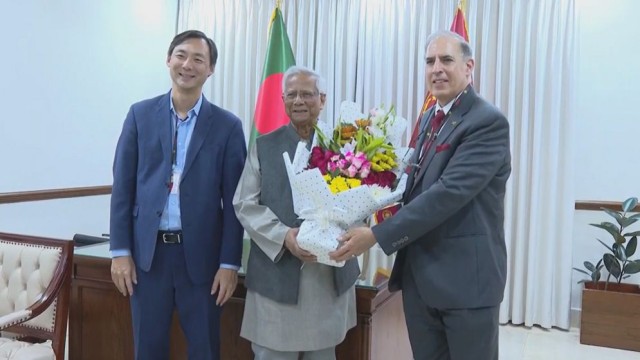
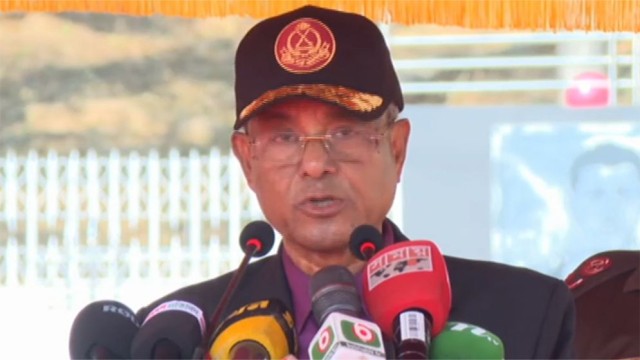
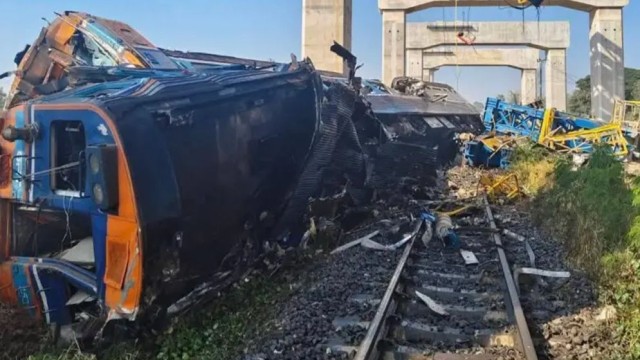

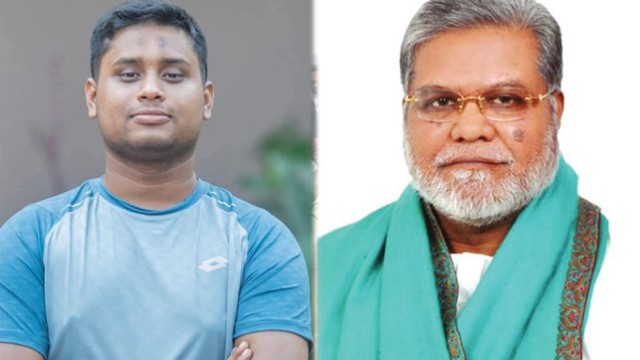
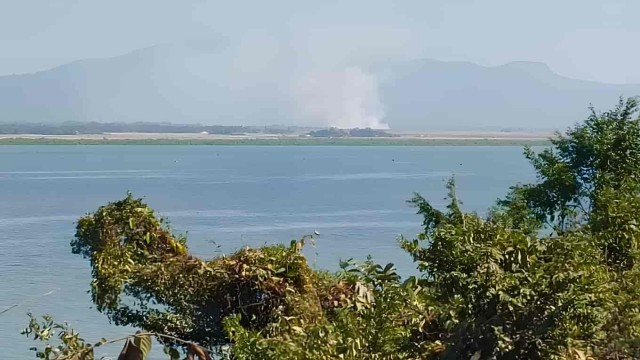

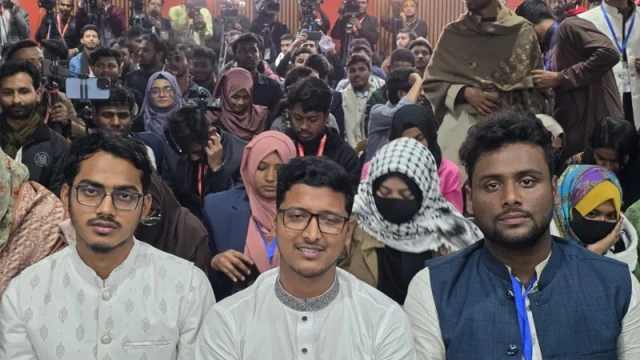


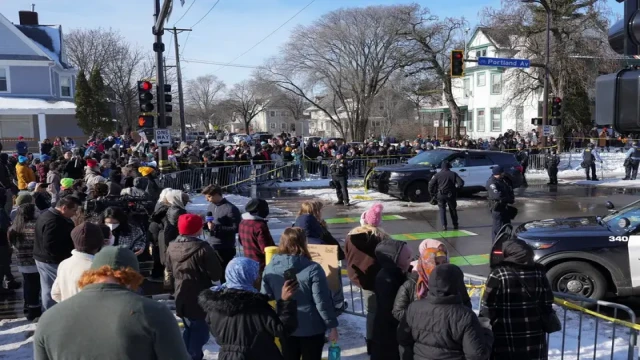
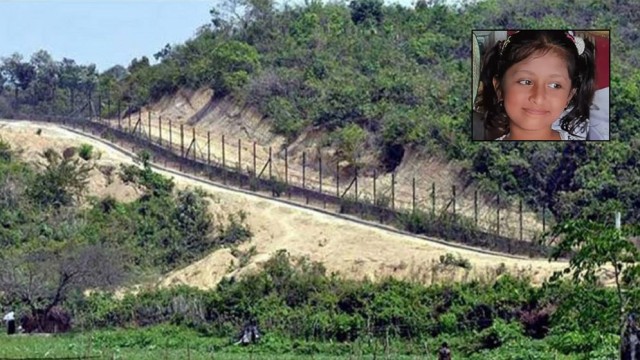
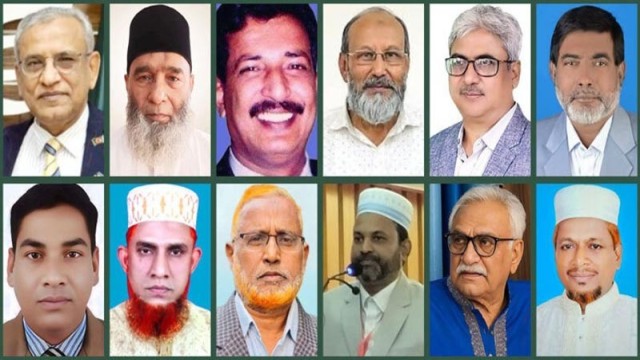

Comment: